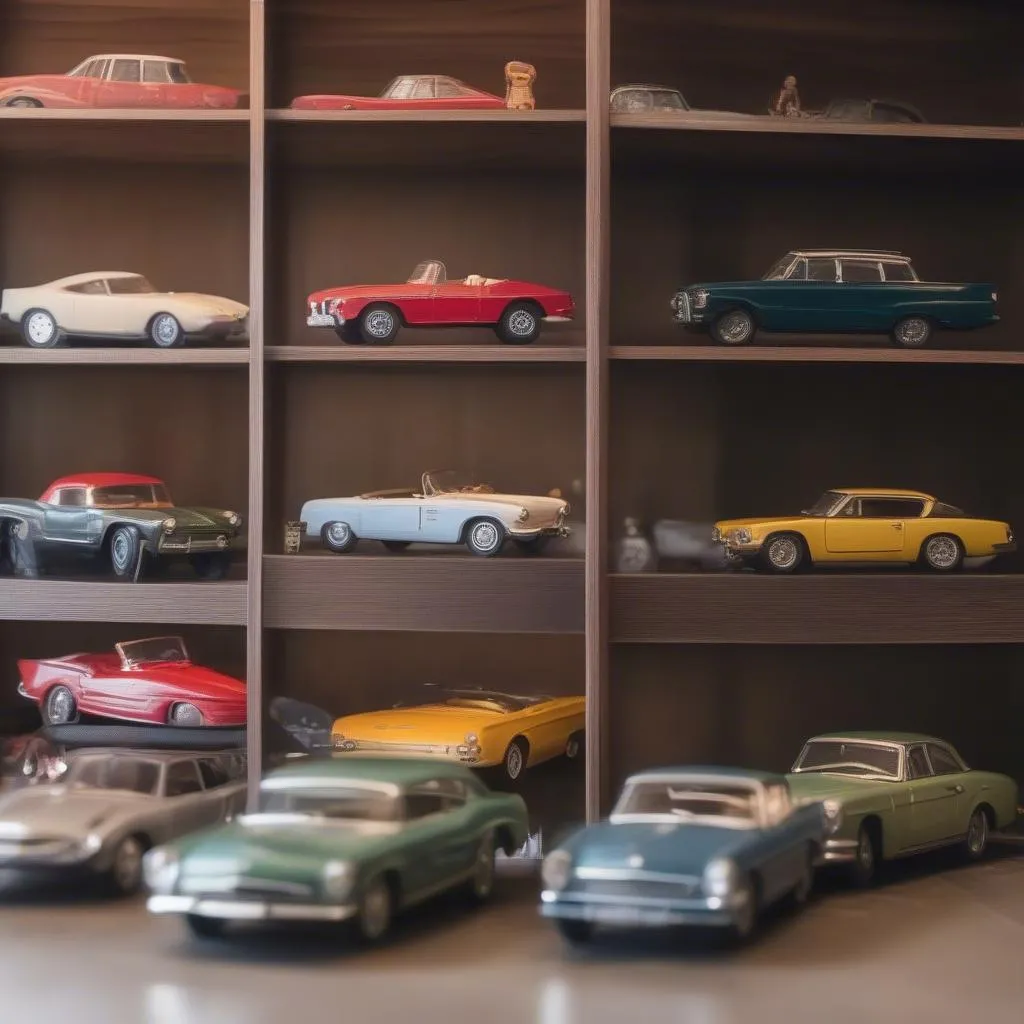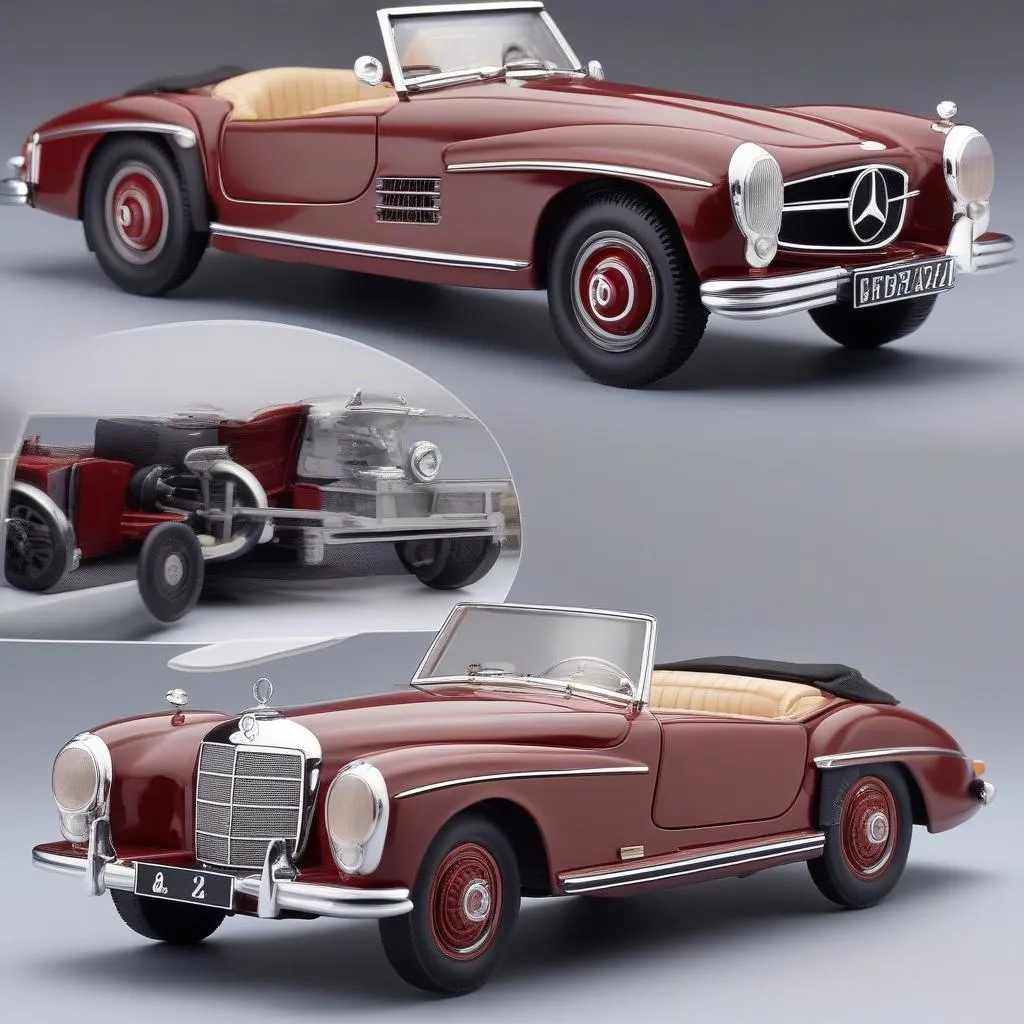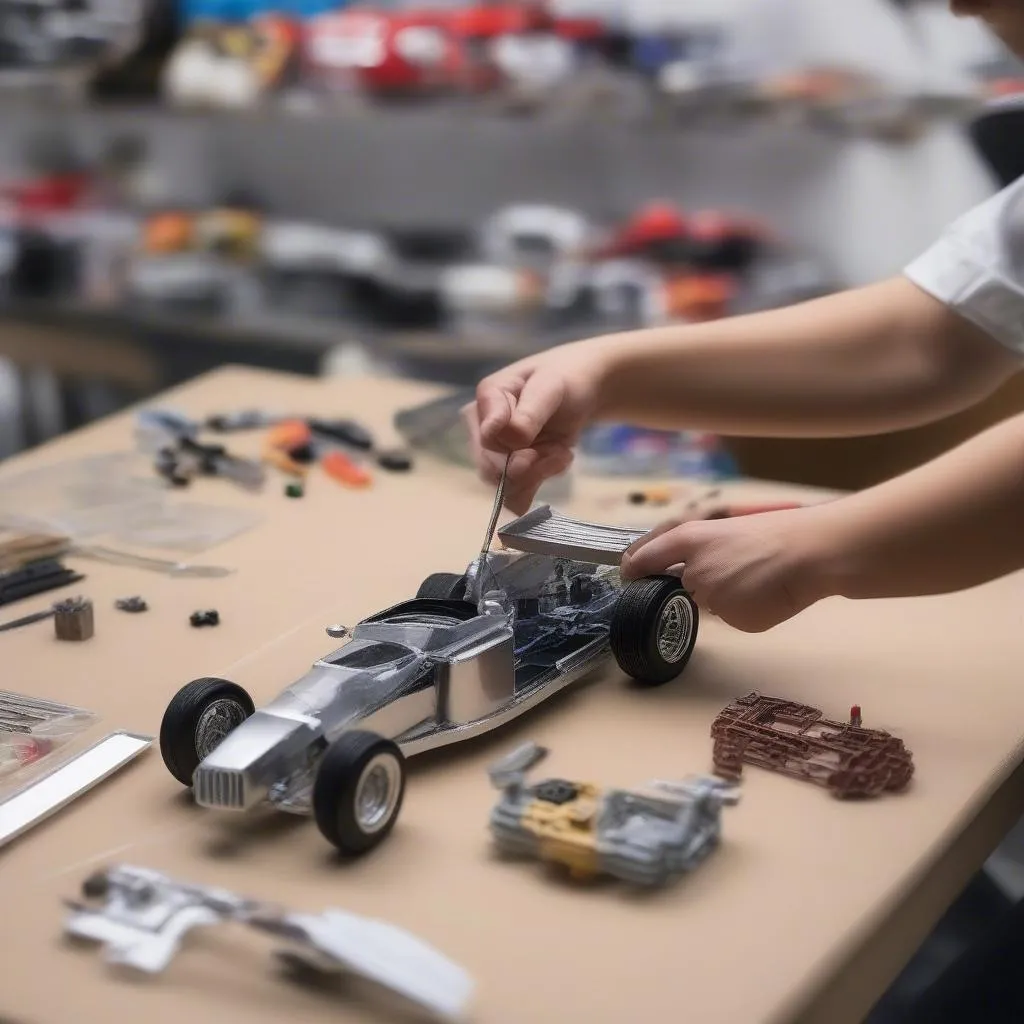Have you ever stumbled upon a miniature replica of your dream car and wondered about its scale? Maybe you’re planning to build a model car collection, or you’re simply curious about the different sizes available. Whatever your reason, understanding the concept of “Scale For Model Cars” is essential for making informed choices.
What is Scale in Model Cars?
The “scale” of a model car refers to the ratio between its size and the size of the real car it represents. This ratio is expressed as a fraction, where the numerator represents the model car’s size and the denominator represents the real car’s size. For example, a model car with a scale of 1:24 means that every inch of the model represents 24 inches of the actual car.
Why Scale Matters
Scale matters for several reasons:
Accuracy and Realism
A correctly scaled model car accurately reflects the proportions and details of the original car, providing a more realistic and aesthetically pleasing representation.
Space and Display
The scale of a model car determines its size, influencing the space required for display and storage. Smaller scales are ideal for limited spaces, while larger scales allow for more intricate detailing.
Building Complexity
Building a model car can be a rewarding hobby, but the complexity of the build often depends on the scale. Smaller scales require more intricate work and fine motor skills, while larger scales allow for more detailed and complex features.
Common Scales for Model Cars
Several common scales are used for model cars, each offering a unique balance of realism, size, and complexity. Here are some of the most popular scales:
1:12 Scale
This scale is often considered a good starting point for model car enthusiasts, offering a balance of detail and buildability. The models are typically 12 inches long, making them manageable for display and construction.
1:24 Scale
This is a very popular scale for model cars, offering a good balance of detail, size, and affordability. The models are typically 6 inches long, making them easy to store and display. Many popular brands, such as Revell, offer a wide variety of model kits in this scale.
1:18 Scale
This scale offers a higher level of detail and realism than smaller scales. The models are typically 9 inches long, making them more substantial and eye-catching. Many premium model car manufacturers specialize in this scale.
1:43 Scale
This scale is popular for collectors looking for smaller and more affordable models. The models are typically 4 inches long, making them ideal for display in limited spaces. Many European car manufacturers like Mercedes-Benz offer model car kits in this scale.
1:87 Scale (HO Scale)
This scale is primarily used for model trains but is also becoming popular for model cars. The models are typically 2 inches long, making them ideal for large model railroad layouts.
Choosing the Right Scale
When choosing a scale for your model car, consider your goals, skill level, and available space. Here are some questions to help you decide:
- What is your budget? Larger scales tend to be more expensive due to the increased complexity and detail.
- How much space do you have for display? The size of the model will determine how much space it requires for display and storage.
- What is your skill level? Smaller scales require more intricate work and fine motor skills.
- What type of model car are you looking for? Certain scales may be more popular for specific car types or models.
Frequently Asked Questions (FAQs)
Q: What is the most realistic scale for model cars?
A: The most realistic scale for model cars is often considered to be 1:18, as it offers a high level of detail and accuracy.
Q: Which scale is best for beginners?
A: The 1:24 scale is often recommended for beginners as it offers a good balance of detail and buildability.
Q: What is the difference between “scale” and “gauge” in model cars?
A: The term “scale” refers to the size of the model car relative to the real car, while “gauge” is a term used in model railroading and refers to the width between the rails.
Conclusion
Understanding scale is crucial for model car enthusiasts, allowing you to choose the perfect model to match your preferences and needs. Whether you’re building a detailed replica or simply enjoying the aesthetics of miniature cars, selecting the right scale ensures a rewarding and fulfilling experience.
Do you have any questions about choosing the right scale for your model car? Leave a comment below!
 model car collection
model car collection
 Mercedes-Benz model car
Mercedes-Benz model car
 model car building
model car building
For expert assistance with your model car projects, reach out to our team at Tech Car USA! We offer 24/7 support and resources to help you achieve your goals.